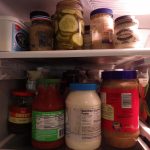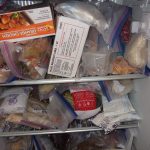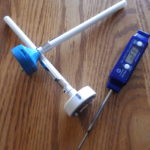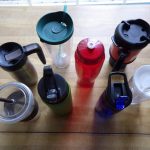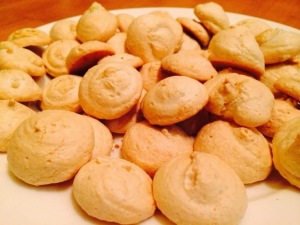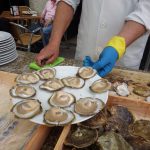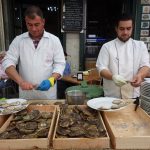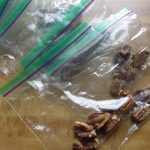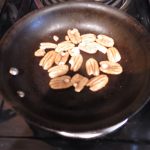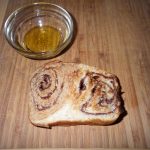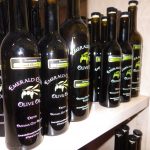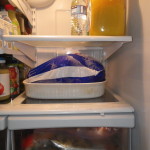 If you’ve followed my posts you know that I’ve worked for the Cooperative Extension System for almost 40 years. I remember when the phone rang-off-the-hook this time of year with various questions about thawing and cooking that Thanksgiving turkey. Calls to the office have lightened with telephone “help” hotlines and the internet, but the unique and potentially unsafe methods that people are trying to thaw a turkey haven’t changed—maybe they’re getting worse.
If you’ve followed my posts you know that I’ve worked for the Cooperative Extension System for almost 40 years. I remember when the phone rang-off-the-hook this time of year with various questions about thawing and cooking that Thanksgiving turkey. Calls to the office have lightened with telephone “help” hotlines and the internet, but the unique and potentially unsafe methods that people are trying to thaw a turkey haven’t changed—maybe they’re getting worse.
Here are some of my favorites from over the years. Remember: DON’T TRY THIS AT HOME! These are just for your amusement and in the “you want to do WHAT?” with that turkey category https://news.nutritioneducationstore.com/thanksgiving-quiz/.
Thawing the turkey in the laundry sink for three days. WRONG. As the turkey thaws, the outside would be within the temperature danger zone for a long period of time allowing potentially dangerous bacteria to multiply.
Thawing the turkey in the garage or in the trunk of the car. RISKY. Even if it’s cold outside there is no guarantee that the temperature within the garage or trunk will stay below the required 40 degrees to allow the turkey to defrost safely.
In the dryer. DON’T EVEN GO THERE! Don’t ask me how this worked—or if it did—I just can imagine how a 20 pound turkey sounded going around—and –around. THUMP THUMP THUMP. The warm temperatures in the dryer would just be perfect for that bacterial incubation—not to mention the mess and clean-up.
Putting in a cooler with ice blocks—this might work if you are very conscientious and keep checking the temperature and changing the ice. Remember: the inside of the cooler needs to be kept below 40 degrees the whole time. This could take several days.
My ultimate favorite—shared by a colleague—someone put their turkey in the toilet and flushed it every ½ hour. I really know what they were thinking here, the recommendations for thawing in water say to submerge and change the water every ½ hour. BUT, there are so many other PROBLEMS with this scenario.
The SAFEST way to thaw a turkey is in the refrigerator where the temperature can be kept below 40 degrees F. Place the turkey in the refrigerator in its wrapper—unopened—on a tray or plate to catch any drippings. It will take approximately 24 hours for each five pounds of turkey. So your 20 pound turkey will need to be in the refrigerator for at least four days. Once thawed, your turkey can be safely stored in the refrigerator for 1-2 days before cooking. It is a good idea to take your turkey out of the freezer on Saturday before Thanksgiving. Of course you can always buy a fresh turkey and skip the defrosting step.
For faster thawing you can use the cold water method. Submerge the frozen turkey in its unopened original wrapper in cold water. The key to this method is that you need to change the water every 30 minutes to keep the outside cold. This method takes about 30 minutes per pound—so for a 20 pound turkey you’re changing keeping an eye on it and changing the water every half hour for 10 hours. This method does work well if you the turkey needs just a little more thawing time at the last minute.
You can defrost a smaller turkey in a microwave oven. To defrost unwrap and place in a baking dish. It will take 3-8 minutes per pound on 30%-50% power or the defrost setting. Check your manufacture’s book for specifics with your microwave. The important thing to remember if you defrost in the microwave is that you need to finish the cooking right away. This can be done in the microwave or transfer it over to the regular oven.
Cheryle Jones Syracuse, MS
Professor Emeritus, The Ohio State University




